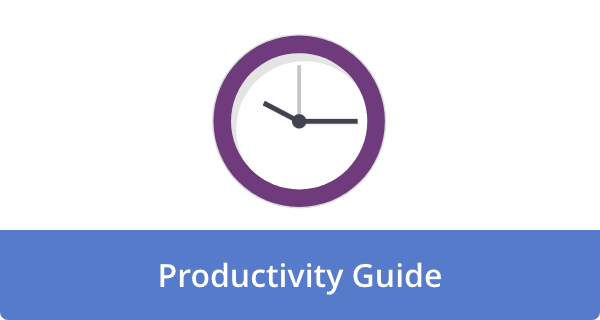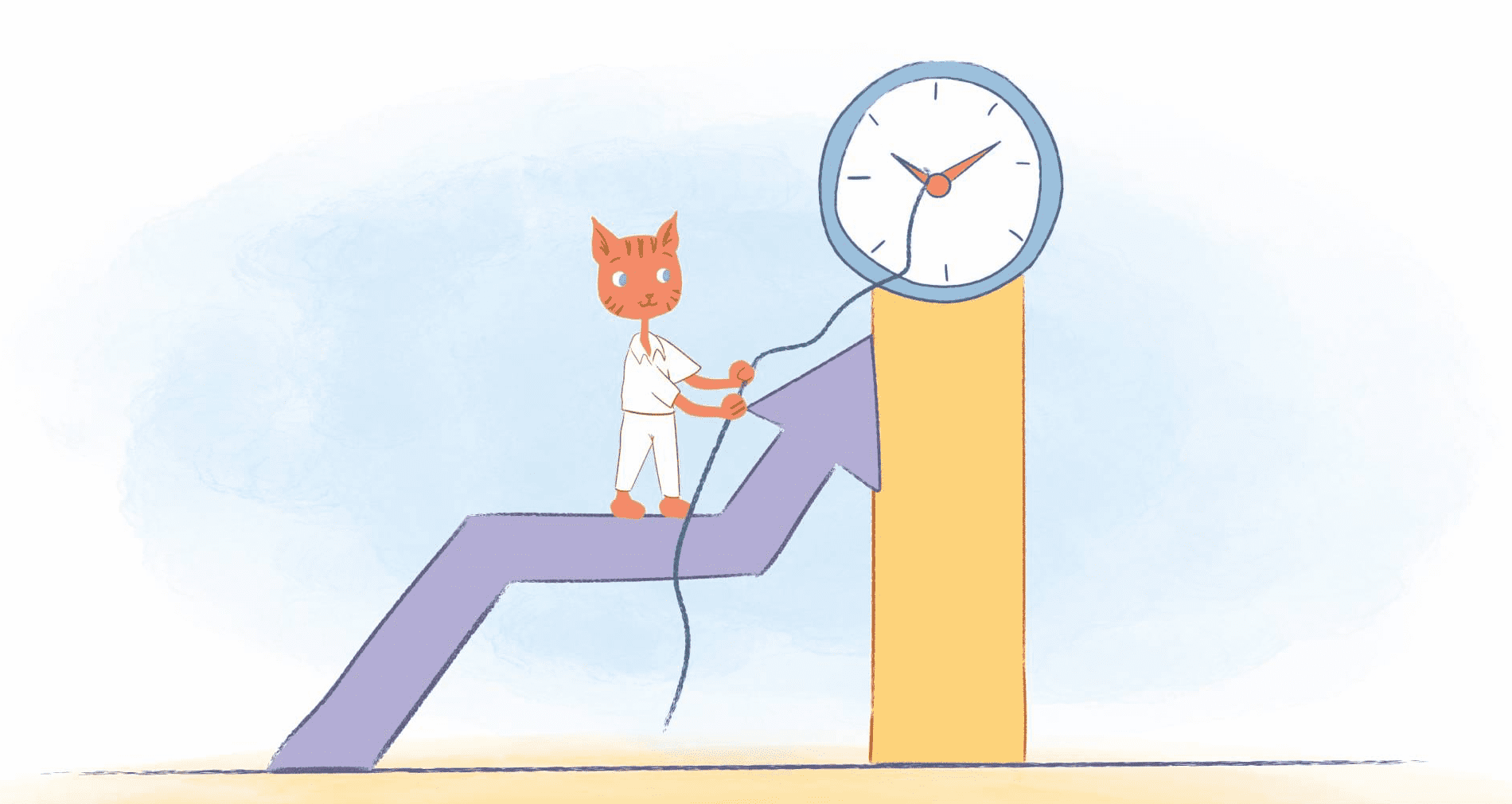

Feeling overwhelmed? Do you feel like you’re constantly busy but you can’t keep up? With so many demands on our time and attention, this shouldn’t be all that surprising. In fact, Oak Engage, a cloud-based intranet software company, found that nearly half (47 percent) of employees reported feeling overworked or stressed at work.
Here’s the thing, though. Getting ahead doesn’t just mean working harder, it means working smarter. To accomplish this, you must master the art of prioritizing. To put it another way, focusing your energy on what truly matters is the key to achieving success.
So whether you’re balancing a demanding career, managing a household, working on an exciting passion project, or just getting by daily, effective prioritization can help you live a more fulfilling life.
Understanding the Essence of Prioritization
Prioritization isn’t just about creating a to-do list a mile long. In other words, it’s a method of evaluating tasks by their urgency and importance. This involves deciding where to spend your precious time and energy, and making sure that you’re investing in activities that will lead to your desired outcomes.
For understanding and implementing prioritization, the Eisenhower Matrix, also known as the Urgent-Important Matrix, is very useful. According to this framework, tasks can be classified into four quadrants;
- Urgent and Important. These are tasks that require immediate attention. It might be a deadline, a pressing client issue, or even an unexpected emergency. As these tasks have significant consequences if ignored, they naturally take priority.
- Important but Not Urgent. In this quadrant, magic happens. These are the tasks that contribute to your long-term goals, like planning, building relationships, developing skills, and thinking strategically. Although they do not require immediate action, they are crucial for your success and well-being. You need to protect these tasks from the tyranny of the urgent by scheduling them proactively.
- Urgent but Not Important. You know, those distractions, interruptions, tasks, and activities that demand your attention but don’t really accomplish anything. Those meetings that are unnecessary, trivial emails, or other people’s demands that do not align with your priorities. To prioritize effectively, you must learn to delegate these tasks or eliminate them.
- Neither Urgent Nor Important. These are the time-wasters, the activities that provide little to no value. Think mindless scrolling, excessive TV viewing, or procrastination disguised as busy work. By identifying and minimizing these activities, you can focus on what truly matters.
With the Eisenhower Matrix, you can systematically evaluate your responsibilities and allocate your time more effectively. After all, it enables you to make conscious choices about where you invest your energy. As a result, you can ensure that you prioritize activities that will have the biggest impact.
The Ripple Effect: Benefits of Effective Prioritization
By mastering the art of prioritization, you’ll reap a wealth of benefits across all aspects of your life;
- Enhanced productivity. You naturally get more done in less time when you focus on the most important tasks. Rather than scattering your energy across multiple activities, prioritizing allows you to maximize efficiency and output by channeling your efforts into meaningful progress.
- Reduced stress and overwhelm. It is common for people to feel overwhelmed when they try to juggle too many responsibilities at once. When you identify and tackle the most crucial tasks first, you can declutter your mind, reduce stress, and regain control.
- Sharpened decision-making. The ability to prioritize brings clarity and enables you to make more informed decisions. A clear understanding of what matters allows you to choose the best course of action. As a result, this ensures that your time and resources are well spent.
- Improved work-life balance. By prioritizing essential tasks, you can devote more time to other important areas of your life, such as family, hobbies, and leisure. To maintain long-term productivity, happiness, and fulfillment, this balance is essential.
- Greater achievement of goals. Generally, success comes from consistent effort directed toward high-impact activities. By prioritizing, you prevent yourself from getting distracted by less important issues and stay on track with your long-term goals.
Strategies for Mastering the Art of Prioritization
With practice, prioritization can be honed and developed. As you embark on your journey, consider these strategies;
- Set crystal-clear goals. A good way to prioritize is to know what you’re striving for. Be clear and specific about your professional and personal goals. Using these goals as a compass, you can prioritize your tasks.
- Embrace the 80/20 rule (Pareto Principle). According to this principle, 80% of your results come from 20% of your efforts. Decide which 20% of tasks yield the most significant results and put your energy into them.
- Time blocking: Your secret weapon. Schedule specific blocks of time for your high-priority tasks. When you dedicate time to these tasks, you minimize distractions and promote deep thinking.
- The power of “no.” Being able to say no to requests and opportunities that do not align with your goals is crucial. By politely declining tasks that do not contribute to your goals, you’ll be freed up to focus on what really matters.
- Regular review and adjustment. Priorities do not have to be set in stone. Over time, they can change and evolve. Keep your task list up-to-date and adjust your priorities regularly to meet your evolving goals and circumstances.
Overcoming Common Prioritization Challenges
When it comes to prioritizing, it won’t always be smooth sailing. Listed below are some common challenges and how they can be overcome;
- The unexpected task. A part of life is dealing with unexpected tasks. To accommodate these unforeseen demands, leave some buffer time in your schedule. However, it is also important to manage them without compromising your core values.
- The perfectionism trap. In the pursuit of perfection, procrastination and inefficiency are likely to occur. Rather than focusing on perfection, focus on progress. If you finish a task imperfectly, it’s better than not finishing it at all.
- The distraction dilemma. The enemy of focus is a distraction. Establish a conducive work environment, set boundaries, and use productivity tools to minimize interruptions.
- The balancing act: Short-term vs. long-term. Even though urgent tasks often require immediate attention, don’t neglect your long-term goals. Invest time in future-focused activities to ensure progress is consistent.
The Takeaway: From Chaos to Clarity
Prioritization’s power lies in its ability to transform chaos into clarity. By consciously focusing on what matters most, you can maximize your time, achieve your goals, and live a happier life. After all, what matters is doing the right things, not doing more. So, prioritization is a vital skill that helps you manage your time, reduce stress, and achieve your full potential.
Ultimately, being intentional, continually assessing your priorities, and consistently taking action is key. You should start small, experiment with different strategies, and find what works for you.
FAQs
What is prioritization, and why is it important?
When tasks or activities are prioritized, they are arranged by importance. As a result, it helps you;
- Focus your energy. Don’t spread yourself too thin and focus on what matters most.
- Meet deadlines. Stay on top of critical tasks.
- Reduce stress. When you feel in control of your workload, you will feel less stressed.
- Achieve goals. You are more likely to attain your goals if you focus on activities that have a high impact.
- Improve efficiency. When you prioritize your work, you will be able to maximize your productivity.
How do I determine what’s important?
Several factors can influence the importance of a task;
- Urgency. Do you need the task completed by a certain date?
- Impact. Is there a consequence for completing or not completing the task? Does it contribute significantly to your overall well-being, a project, or a goal?
- Value. What is the value of the task? Are your goals and priorities aligned with it?
- Dependencies. Before starting other tasks, does this task need to be completed?
What are some common prioritization methods?
The following methods can help you prioritize effectively;
- Eisenhower Matrix (Urgent-Important Matrix). According to this method, tasks can be classified into four quadrants: urgent and important, important but not urgent, urgent but not important, and not urgent but not important.
- Pareto Principle (80/20 Rule). Based on this principle, 80% of your results are derived from 20% of your efforts. Put your attention on identifying and prioritizing those 20% that matter most.
- ABC Method. Based on their importance, assign letters (A, B, C) to tasks. Tasks rated “A” are the most important, those rated “B” are moderately important, and those rated “C” are the least important.
- MoSCoW Method. Using this method, requirements are categorized into Must haves, Should haves, Could haves, and Won’t haves.
- Value vs. Effort. Determine how much effort is required to complete a task based on the value it delivers. Identify tasks with high value and low effort and prioritize them.
How do I handle competing priorities?
There will always be competing priorities. For managing them, here are some tips;
- Re-evaluate. Maintain a regular review of your priorities to ensure they are still aligned with your goals.
- Negotiate. Consider delegating tasks or negotiating deadlines.
- Break down large tasks. The smaller the task, the easier it is to prioritize and manage.
- Say no. If you are already overburdened, don’t be afraid to say no to new commitments.
- Focus on one task at a time. The more you multitask, the less efficient you will be, and the more likely you will be to make mistakes.
How do I prioritize when everything feels urgent?
The best thing you can do when everything feels urgent is to step back calmly and assess the situation.
- Breathe. Allow your mind to calm down and do not panic.
- Identify the true urgencies. Assess the urgency of tasks and distinguish them from those that are simply urgent.
- Use a prioritization method. To objectively assess each task’s importance and urgency, use one of the methods mentioned earlier.
- Don’t be afraid to ask for help. Seek assistance from your colleagues or supervisor if you’re feeling overwhelmed.
Image Credit: Tara Winstead; Pexels











John Hall
John Hall is the co-founder of Calendar a scheduling and time management app. He’s also a keynote speaker that you can book at http://www.johnhallspeaking.com.